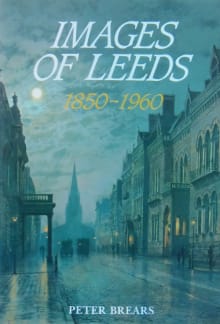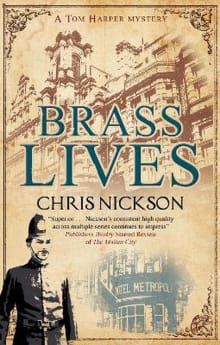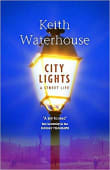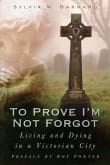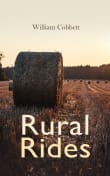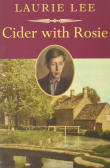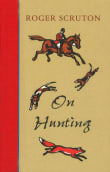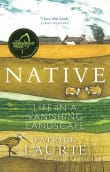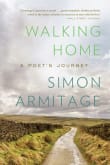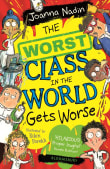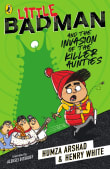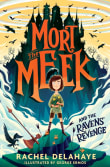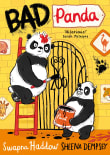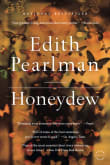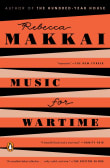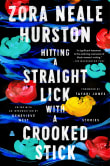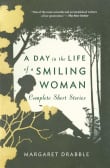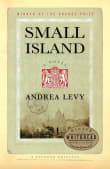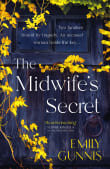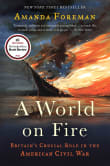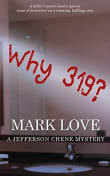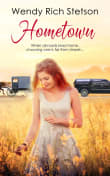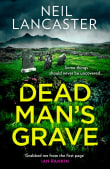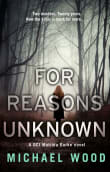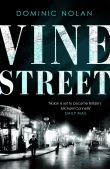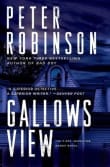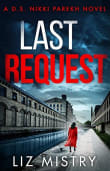
Why did I love this book?
Waterhouse was famous as a journalist, dramatist, and novelist. But this memoir of growing up in Leeds from the 1930s-50s brings the place and time completely alive. He didn’t have a privileged upbringing, by any means, and Waterhouse captures the day-to-day of poor areas and estates, and well as the magic of the city centre. The novel Billy Liar brought him fame, and while the location was unnamed, it was the Leeds he’d known, right down to the funeral home where he worked after leaving school. Waterhouse innately understood Leeds and its people, and they jump off the page – even if he leaves at the end (something Billy Liar could never bring himself to do). Read this and you’ll carry a magnificent picture of the city in your head.
1 author picked City Lights as one of their favorite books, and they share why you should read it.
Keith Waterhouse was born in a world that has now vanished - a soot-blackened, tramcar-rattling provincial city. It happened to be Leeds. Waterhouse was a true city-boy, deeply mistrustful of grass and trees. In early childhood, he would roam the covered markets, the carillon-chiming arcades. As a youth he came to know the cinemas and the theatres. Then, as a junior reporter, he trod the tiled corridors of civic power. Moving "down south", his first impression of London was the sign in Piccadilly Circus; picked out in electric light bulbs, it was a heart-warming replica of the Bovril sign in…





